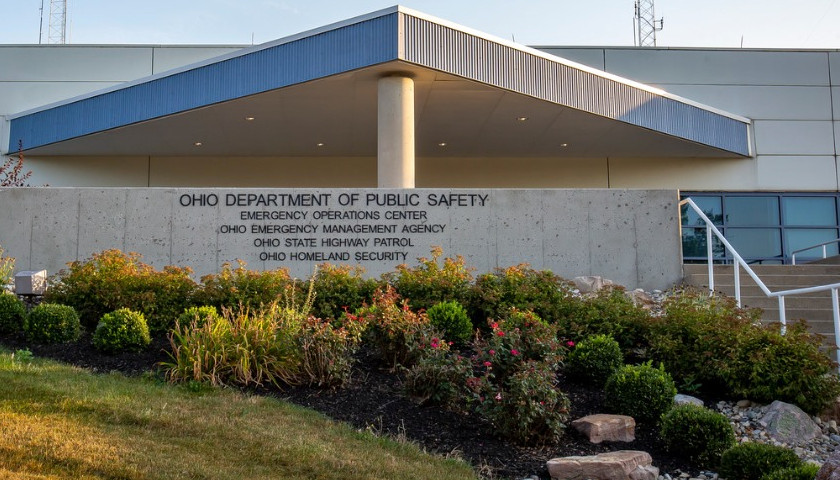The Ohio Star reported on September 3 that Ohio Department of Health (ODH) Interim Director Lance Himes released an order on August 31 – an order creating Federal Emergency Management Agency (FEMA) shelters and legalizing their use for people who “are unable to safely self-quarantine in their place of residence and to isolate those diagnosed with or showing symptoms of COVID-19.”
The non-congregate FEMA sheltering will be utilized throughout the state for people, according to the examples given by Himes, who “test positive for COVID-19 who do not require hospitalization but need isolation (including those exiting from hospitals); those who have been exposed to COVID-19 who do not require hospitalization; and asymptomatic high-risk individuals needing social distancing as a precautionary measure.”
Ohio Emergency Management Agency (EMA) is to secure the necessary approvals for the use of non-congregate sheltering and local health officials are to be on the lookout for both public and private spaces to be utilized for the FEMA camps.
When state officials determine the need to utilize the camps EMA is authorized to coordinate with state agencies.
State-funded colleges and universities are required to hand over their vacant buildings and grounds for use under the order.
The reporter from WMFD-TV in Mansfield asked Ohio Republican Governor Mike DeWine for more details about the order during the press conference on September 3. The question and answer can be found below.
After the 2 o’clock presser, The Star followed-up with DeWine’s Press Secretary Dan Tierney for clarification on the question asked during the Thursday press conference.
Tierney responded, “The order gives the state of Ohio the ability to draw down federal funding to reimburse the local EMA and health department when a non-congregate shelter is needed. These shelters are used when an individual is unable to safely quarantine or isolate in their home. The nature of these shelters is no different than what the EMA and others stand-up during natural disasters. The intent of the order is to provide a safe and healthy space for the individual who needs to be quarantined or isolated as determined by local needs. This also helps protect family members from exposure. FEMA has FAQ’s and more information available.”
“As determined by local needs’ remains ambiguous as an answer to the question of who decides whether a person’s residence is safe.”
The Star pressed with an additional question, “Would the non-congregate sheltering apply to Ohioans of all ages? That is, if a single parent has a one-bathroom apartment and a child is deemed to have had high exposure to COVID-19 at school and the health department determines that the child needs to isolate but also deems the single parent’s dwelling unsafe…is the child directed to the shelter?”
The response from the governor’s spokesperson, “Again, the nature of these shelters is typically for natural disasters. Usually, people seek alternate shelter well before the rare cases where local authorities might condemn a property due to a natural disaster.”
Additional questions asked to Tierney and the ODH but were not yet answered by the time this article published included:
- What are the necessary actions to procure space?
- Our hospitals are going broke and our previous spaces (Columbus Convention Center) were never used and cost a lot of money to build-out…why are we doing this now when the virus is under control?
The second-amended order for non-congregate sheltering to be utilized throughout Ohio expiration is set for “ninety (90) days or at a time to be determined by the Director of Health, whichever is sooner.”
– – –
Jack Windsor is Managing Editor and an Investigative Reporter at The Ohio Star. Windsor is also an Investigative Reporter at WMFD-TV. Follow Jack on Twitter. Email tips to [email protected].
Photo “Ohio Department of Public Safety” by Ohio Emergency Management Agency.





